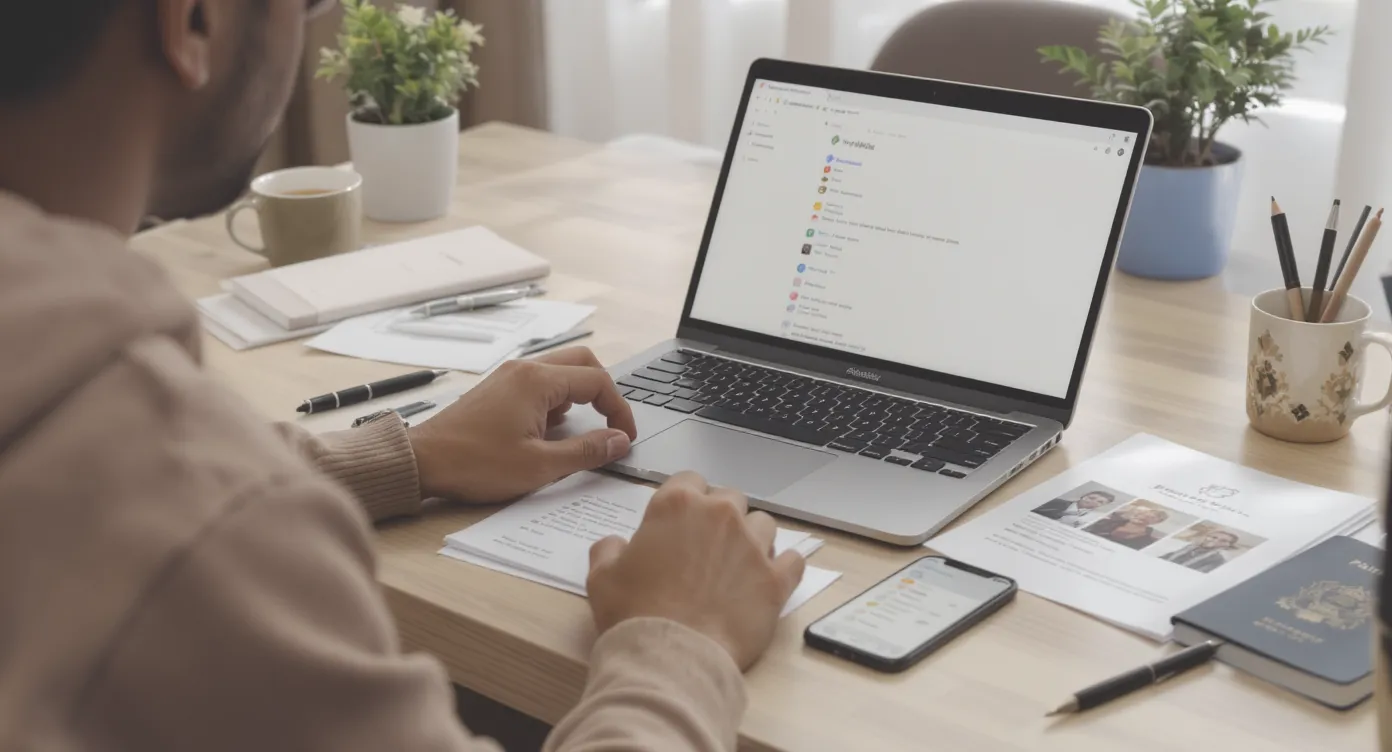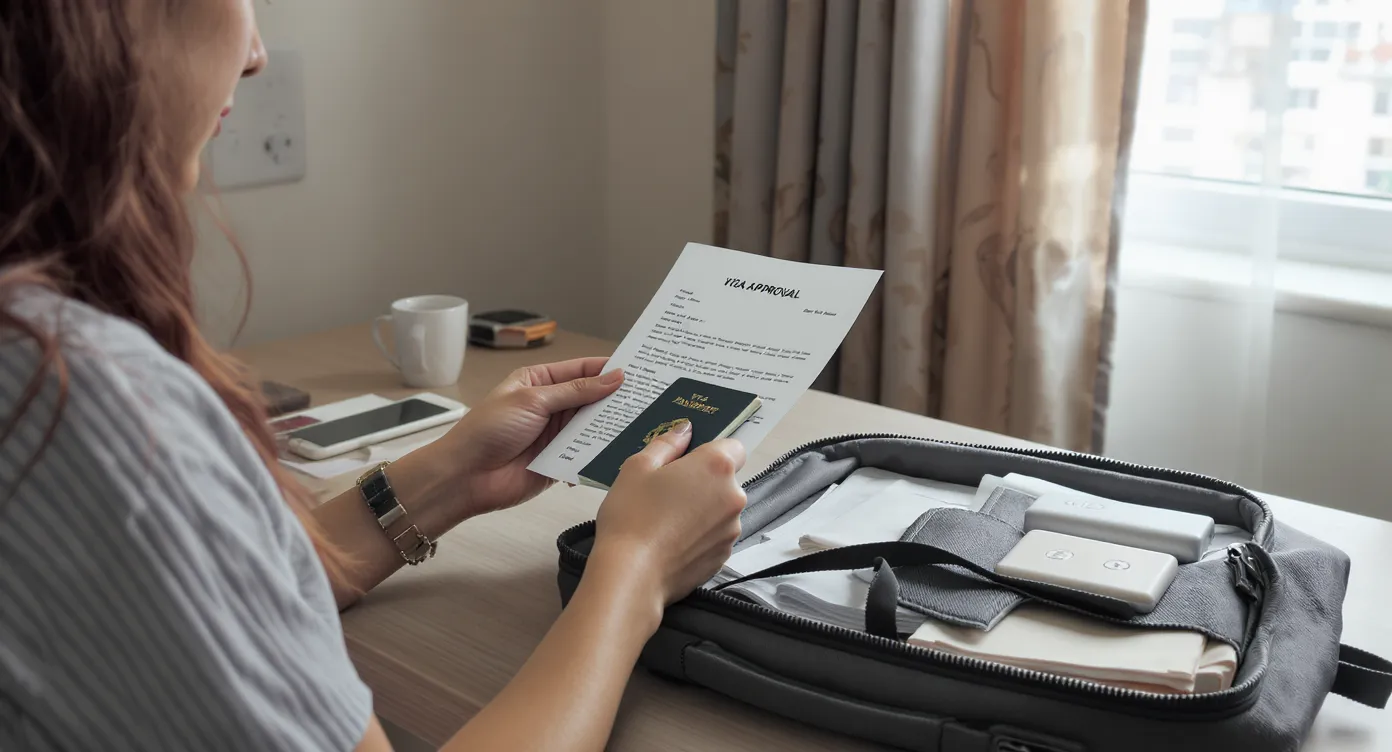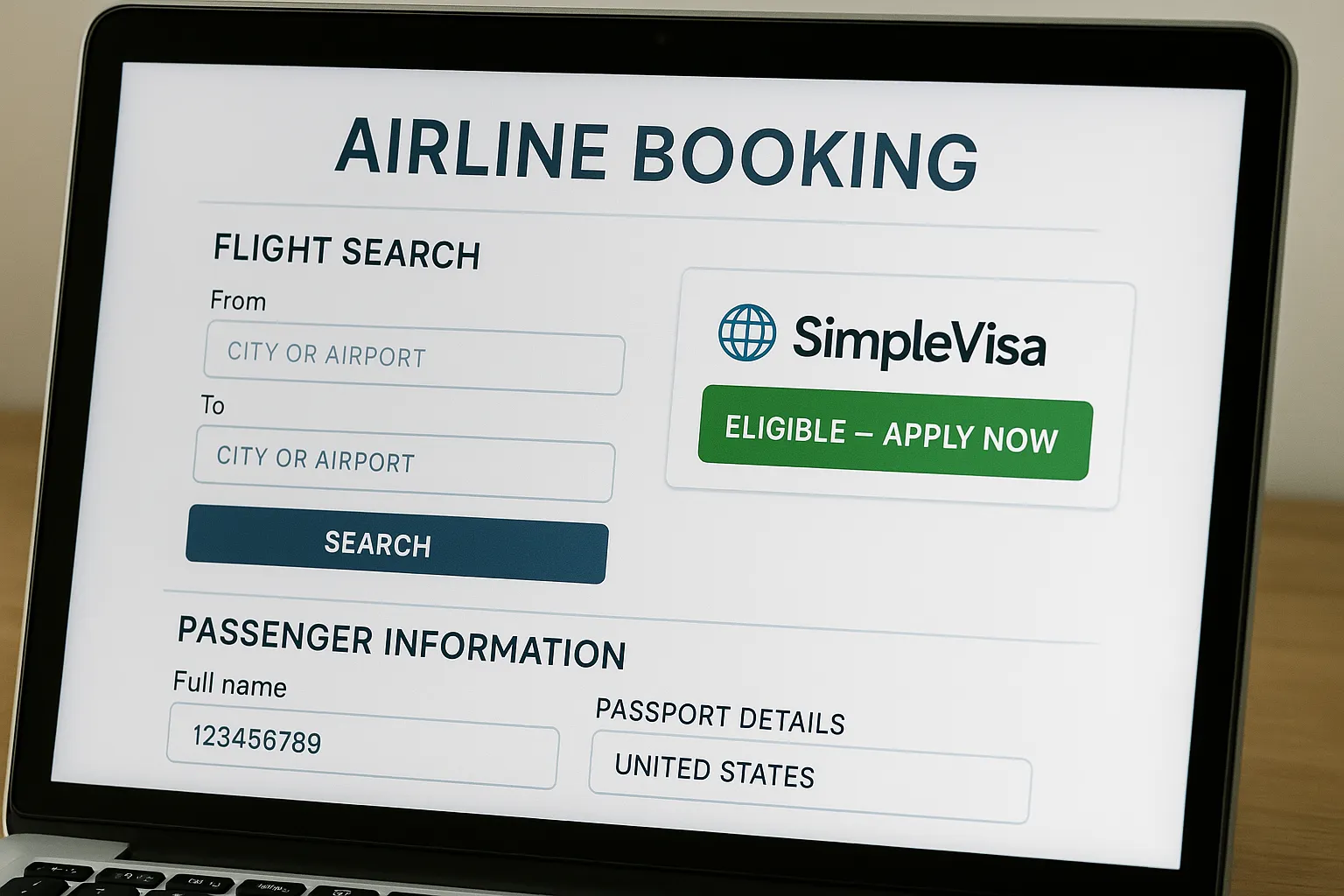Visa Guidelines: Dos and Don’ts for Smooth Approval

From misplaced passport numbers to last-minute photo uploads, small errors can derail a visa application that otherwise looked perfect. Yet most denials are avoidable. According to the U.S. Bureau of Consular Affairs, over 15 percent of non-immigrant visa refusals in 2024 cited “incomplete or inaccurate information” as a primary reason. A similar trend shows up in digital systems: Australia’s Department of Home Affairs reports that electronic travel authority (ETA) rejections drop by 40 percent when applicants follow its official preparation checklist.
Visa success is rarely about luck; it is about disciplined preparation. The guidelines below distill the collective wisdom of immigration officers, travel consultants, and data from hundreds of thousands of applications processed through SimpleVisa. Follow the dos, avoid the don’ts, and you will dramatically improve your approval odds—whether you are applying for a traditional sticker visa at an embassy or submitting an e-visa online.
1. Research Before You Reach for the Keyboard
- Do verify official sources. Start with the host country’s immigration website or reputable aggregators like IATA Timatic. Cross-check processing times, eligible passport lists, photo dimensions, and fee amounts.
- Don’t rely on third-party blogs alone. Requirements change rapidly. A viral TikTok or an out-of-date Facebook group post can lead you to use the wrong form or pay the wrong fee.
Pro tip: SimpleVisa’s Countries That Accept Electronic Visas: A Global Overview maintains a live feed of program updates sourced from government APIs.
2. Assemble Bullet-Proof Documentation
- Do create a digital folder with scans of your passport data page, itinerary, accommodation proof, and bank statements well before you begin the form.
- Do follow photo guidelines exactly. A 600 × 600 pixel JPEG on a white background is not a suggestion; it is an automatic filter in most e-visa systems.
- Don’t crop or edit scans in a way that obscures edges, barcodes, or watermarks. Automated validation tools flag altered images for manual review, adding days—or weeks—to processing.
For a complete prep list, see the internal checklist in Checklist: Everything You Need Before Submitting an Online Visa Application.
3. Master the Application Timeline
| Visa type | Average processing window* | Safe buffer to apply | Peak-season extension |
|---|---|---|---|
| Embassy sticker (tourist) | 10–30 business days | 6 weeks | +2 weeks (June–Aug) |
| Electronic visa (single entry) | 24–72 hours | 10 days | +5 days (public holidays) |
| eTA/ESTA | Minutes to 24 hours | 1 week | +3 days |
*Median data compiled from 37 countries’ consular statistics, 2024.
- Do build a calendar reminder for the earliest and latest submission dates. Some systems will not accept an application submitted more than 90 days before entry, while others require at least 48 hours’ lead time.
- Don’t book non-refundable flights until you have counted business days, public holidays, and potential security-check delays.
4. Nail the Form—Line by Line
- Do copy names exactly as they appear in your machine-readable passport zone, including middle names and diacritics. Even a missing accent can trigger a mismatch at the border.
- Do answer security and health questions honestly. Visa databases share information with INTERPOL and regional health authorities. Discrepancies surface quickly.
- Don’t leave optional boxes blank if the information can strengthen your case. For example, adding employer contact details can help prove strong ties to your home country.
- Don’t round off dates or income figures. Use exact numbers and ISO date formats (YYYY-MM-DD).
If you need a step-by-step refresher on digital portals, skim 10 Tips for a Smooth Electronic Visa Application Process.
5. Pay Safely and Keep Receipts
- Do use a card that supports 3-D Secure or Verified by Visa. Many government gateways reject payments without this extra authentication layer.
- Do download the payment confirmation PDF and store it with your other documents. You may need it to unlock the application for edits.
- Don’t refresh the browser while payment is processing. Duplicate payments often lead to automatic holds while finance teams reconcile transactions.
6. Track and Respond Promptly
Modern visa platforms send status updates by email, SMS, or webhook. Use them.
- Do whitelist official sender domains. Missed document-request emails are a top cause of abandonment identified in SimpleVisa’s 2025 product telemetry.
- Do respond to additional document requests within 24 hours. Many consulates keep the case in a ‘pending’ state for only three working days.
- Don’t open multiple tickets for the same case. Duplicate submissions can slow reviews as officers sort and merge files.
7. Prepare for Possible Interviews or Biometrics
- Do schedule biometric appointments early if required. Urban visa centers fill up quickly ahead of summer.
- Do bring printed copies of the online form and confirmation page to in-person appointments.
- Don’t over-explain. Answer questions concisely and stick to what is on your application; contradictory statements raise red flags.
Need more help? Check out 8 Steps to Prepare for an Electronic Visa Interview.
8. Final Verification Before You Travel
- Do open the PDF or email attachment and compare every data field to your passport: name, date of birth, passport number, visa validity dates, and permitted entries.
- Do print at least one hard copy even if the visa is stored electronically. Border officers may ask for it if scanners or databases are offline.
- Don’t assume a visa guarantees entry. Admission is always at the discretion of the immigration officer. Prepare supporting documents such as hotel bookings and onward tickets.

9. Common Pitfalls to Avoid (Quick-Fire Don’ts)
- Submitting photos older than six months.
- Forgetting to update your application after passport renewal.
- Using unofficial agents without verifying credentials—see Electronic Visa Scams: How to Protect Yourself from Fraud.
- Booking layovers that require separate transit visas you did not apply for.
- Ignoring local payment quirks (for instance, Indian e-Visa portals reject some foreign cards during nightly maintenance windows).
- Uploading password-protected PDFs.
- Overstaying a previous visa—past history is visible to most immigration systems.
10. How SimpleVisa Streamlines the Process
If you run a travel website, airline, or tour operator, embedding a compliance tool removes friction for your customers and protects your revenue:
- Real-time eligibility checks based on passport, destination, and travel dates.
- Automated document validation that rejects blurry scans before submission.
- Status webhooks and proactive alerts that nudge travelers to complete pending steps.
- One-click re-applications in case of denial, reducing support calls by up to 35 percent (SimpleVisa client benchmark, Q2 2025).
Read our industry blueprint in Building a Seamless Post-Booking Visa Journey: Tools & Templates or request a live demo at simplevisa.com.

Key Takeaway
Visa officers look for consistency, completeness, and credibility. When you deliver those three Cs—backed by timely research and organized documentation—approval moves from a gamble to a near certainty. Follow these dos and avoid the don’ts, and you will walk through immigration with confidence, ready to enjoy the journey you planned.